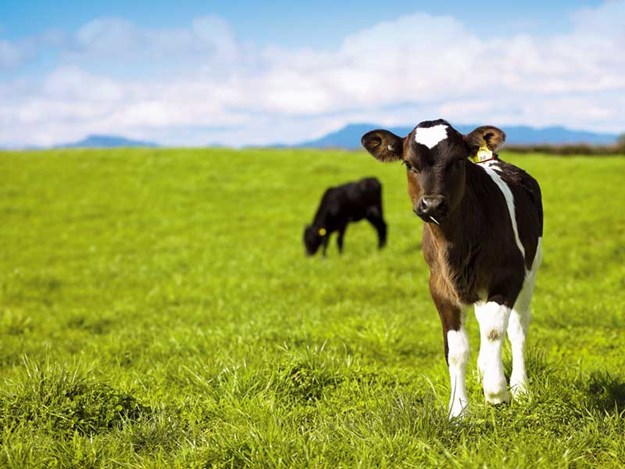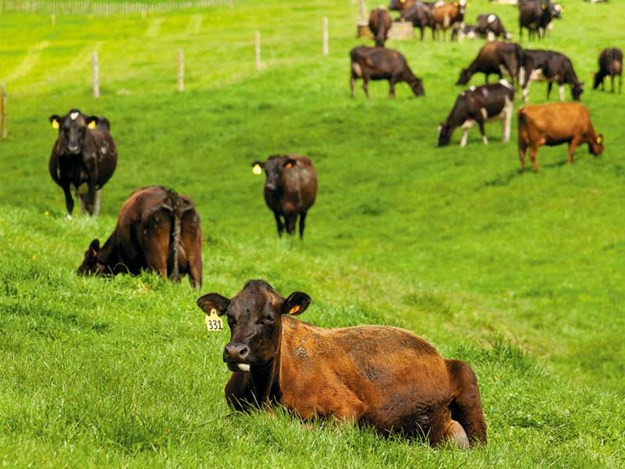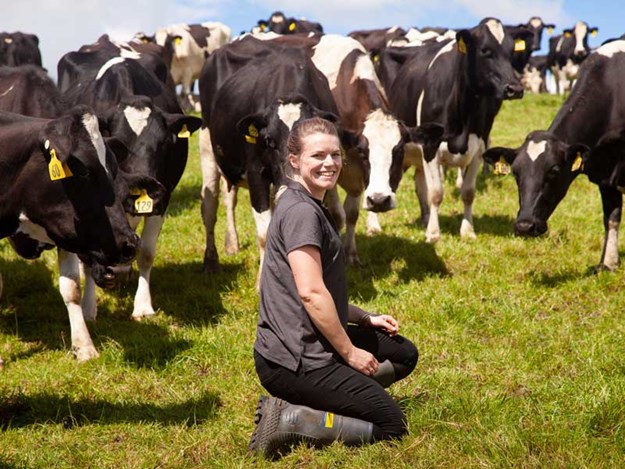Farm advice: Are you using an ‘empty’ measure?
Using an empty rate to assess reproductive performance is like only counting calories from food you eat at a table; what about the food you ate sitting on the couch?
While the term empty rate is often used on farms to measure reproductive performance, it’s actually not easy to compare farm to farm and season to season. The ‘six-week in-calf rate’ gives us a solid indicator that allows you to compare performance with other farms and season to season.
Not-in-calf rate

The percentage of cows who do not get in-calf during mating depends on a range of factors, but the final figure is heavily influenced by the ‘six-week in-calf rate’ and the length of mating. Without knowing the length of the mating period and the cows that weren’t pregnancy tested, we don’t have the full picture.
When Joe proudly tells his neighbour Mary that his empty rate is 11% and she tells him hers is 16%, we may not be comparing apples with apples. Joe may have culled 20 cows before pregnancy testing and Mary may have mated her cows for two weeks less than him.
The not-in-calf rate is, essentially, everything minus the final in-calf rate, making it comparable for farms with similar mating lengths. This makes it okay to use for bench marking between years as well. An empty rate is not as helpful, as it can differ from farm to farm depending on who was present at pregnancy testing time.

Each season, we usually see an average of around five percent of eligible cows with no recorded outcome. They calved in the correct window and were present at the start of mating but for whatever reason are not recorded as pregnant or not. These cows contribute to the overall reproductive performance and are included in the not-in-calf rate figure but not a recorded empty rate.
‘Six-week in-calf rate’
 |
|
Samantha Tennent
|
The research shows us the benefits of high ‘six-week in-calf rates’ including better production, better future reproductive performance, more AB calves, less non-cycler treatment, and shorter mating lengths. It’s a figure we can safely compare.
By using the ‘six-week in-calf rate,’ it’s easier for everyone to monitor reproductive performance and it can help you to be better able to drill down and identify how to improve this. By ditching the use of ‘empty rate’ and using a truly comparable measure, we can fairly benchmark our performance from year to year and against other farms.
Find more farm machinery for sale in NZ
Keep up to date in the industry by signing up to Farm Trader's free newsletter or liking us on Facebook

.jpg)
.jpeg)

.jpg)
.jpeg)
.jpg)
.jpeg)

.jpeg)







